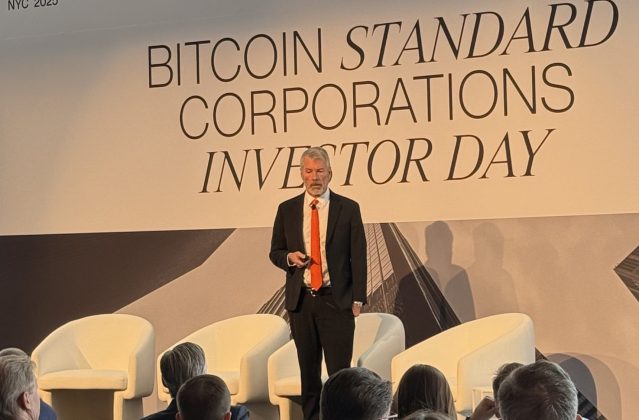One of the most critical issues in the Web3 space that needs to be resolved as soon as possible is the blockchain trilemma in addressing decentralization, security, and scalability. Only then can this industry achieve mainstream adoption.
To solve this trilemma, the industry needs talent. However, attracting and retaining top professionals is the biggest pain point and bottleneck for every Web3 startup and DAO project. To keep the innovation engine humming, the Web3 industry needs to take a closer look at the available gallant tools to get professionals on board.
The Web3 talent pool offers a diverse range of expertise with a focus on multitasking and remote working, a new study revealed. The research, titled “Web3 Talent Survey,” is conducted by Intropia — a community-driven Web3 talent ecosystem. To understand and explore the attitudes and preferences of professionals looking into the Web3 space, Intropia surveyed over 6,000 respondents during the second half of 2022.
According to the research, a typical Web3 contributor — a term Intropia uses to broadly define talent working in the Web3 space — is between 25 and 44 years old and has been working professionally for more than five years. Fitting to the decentralized nature of Web3, community-related skills top the list as the most common primary skill set for Web3 contributors (16%). This is followed by skills focused on research (10%), engineering (9%) and product (7%).
Freelancers and part-time contributors lead the way when it comes to defining roles in the Web3 ecosystem, according to the report. One-fifth of respondents have full-time roles in decentralized anonymous organizations (DAOs), while 15% act as founding members in a DAO.

The vast majority of Web3 contributors are newcomers to the space. Source: Intropia
The ever-expanding universe of crypto and Web3 requires a knack for learning in order to keep up with the innovations and new trends introduced to the space on an almost monthly basis. So, it’s not surprising that the vast majority of Web3 contributors have a higher education and spend 8 to 32 hours each week on self-education. Those who learn also want to educate their network by teaching and mentoring others, the report emphasizes. Web3 professionals read articles and papers, attend courses or simply watch in-depth videos on YouTube to stay ahead of the curve.
What are professionals looking for in Web3?
The decentralized structure of the Web3 space is again reflected in the fact that the majority of respondents work on more than one project. More than 80% of respondents in the Intropia survey are working on multiple projects at once, which has become an industry standard. This also translates to the average weekly work hours of Web3 contributors. The report states that every third respondent works more than 32 hours per week.
When it comes to the types of projects, Web3 professionals are looking for opportunities in layer-1 networks such as Bitcoin, Ethereum and Avalanche blockchains, layer-2 solutions like Polygon, Arbitrum and Optimism, and decentralized apps (DApps).

The profile of a Web3 contributor derived from over 6,000 responses. Source: Intropia Web3 Talent Report
“Web3 is like a club, with smart, like-minded individuals who are working toward a common goal,” the report summarizes, noting that more than half of the respondents (over 57%) rated their enjoyment of working in the Web3 space at 10 out of 10. The main concerns that stood out were scam projects, the fear of missing out (FOMO), and the slow rate of adoption.
The report urges projects seeking to hire Web3 professionals to embrace the diversity of the ecosystem. Because word-of-mouth is strong in the Web3 space, the top talent primarily uses referrals as a way to find their next gig. With a deeper understanding of the available talent pool, the industry will move forward with the next wave of innovation.
Final thoughts
The Web3 space is a thriving ecosystem that is continuously evolving. With its decentralized structure, Web3 professionals are creating innovative solutions for some of the world's most pressing problems. The industry's growth and popularity are reflected in the increasing number of projects, the hours worked by contributors, and the overall satisfaction of working in the space.
As the industry continues to expand, it is essential to address the concerns of Web3 professionals, such as scam projects and the slow rate of adoption. By taking a proactive approach to these issues, the industry can ensure that talented individuals remain engaged and motivated to work in the Web3 space. It is also crucial for projects seeking to hire Web3 professionals to foster an inclusive and diverse working culture that values collaboration and innovation. With these steps, the Web3 space can continue to grow and push the boundaries of what is possible.
Disclaimer. Cointelegraph does not endorse any content or product on this page. While we aim at providing you with all important information that we could obtain in this sponsored article, readers should do their own research before taking any actions related to the company and carry full responsibility for their decisions, nor can this article be considered as investment advice.












